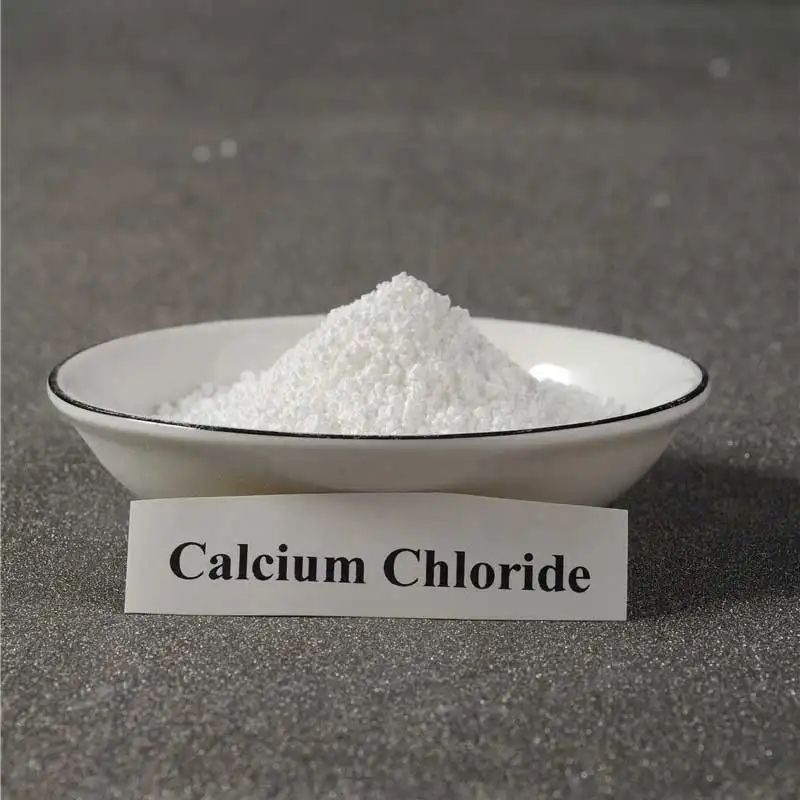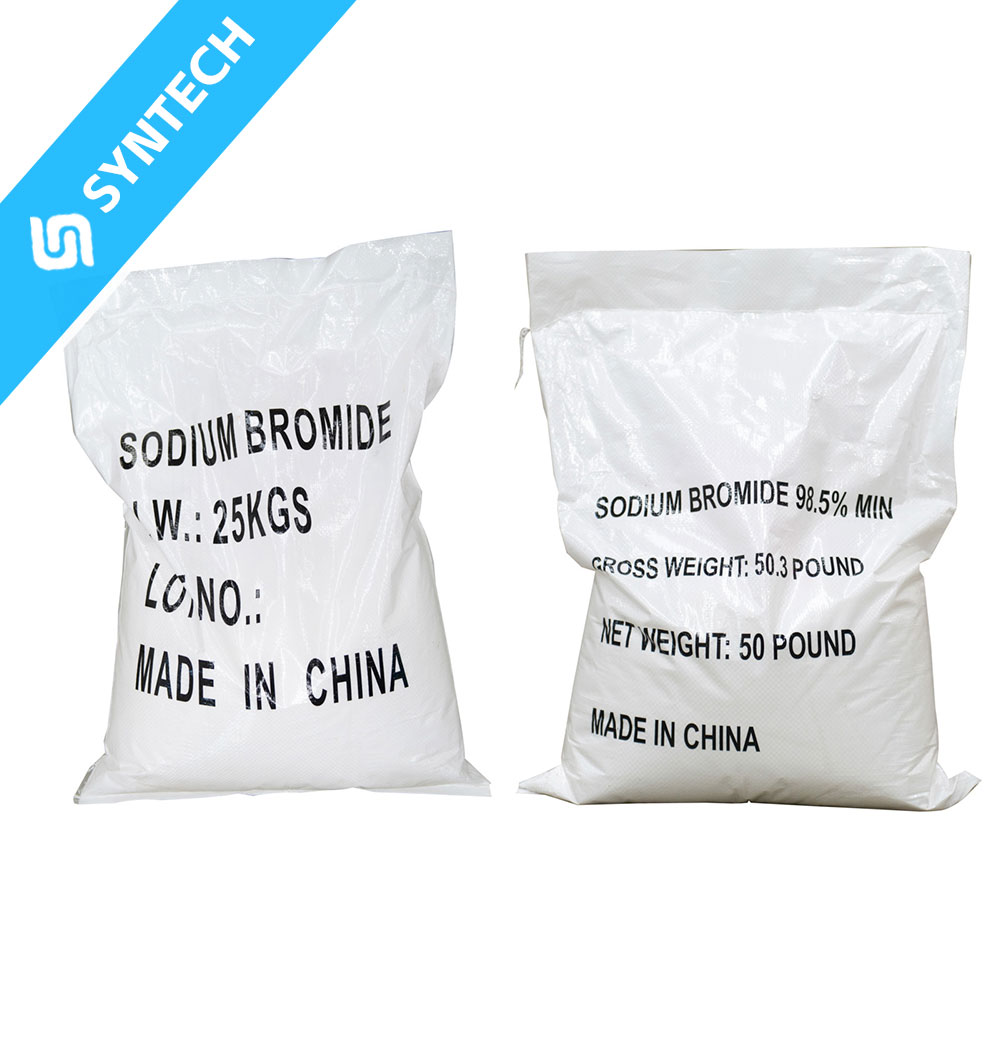Disclaimer: This information is for guidance purposes only. Always prioritize the Safety Data Sheet (SDS) provided by your specific supplier, as formulations and purity can vary. This analysis is based on the typical properties of a pure SMAS solid.
Sodium Methallyl Sulfonate (SMAS) is generally classified as a stable substance but presents specific industrial hazards that must be managed to ensure safety. The primary risks are associated with its physical form (powder or crystals) and its hygroscopic nature.
1. Primary Hazards and Risks
A. Hygroscopicity (Moisture Absorption)
- Risk: SMAS is hygroscopic, meaning it readily absorbs moisture from the atmosphere.
- Consequences:
- Caking and Handling Issues: Absorbed moisture causes the powder to clump into solid, hard cakes. This can complicate automated feeding systems, clog hoppers, and make manual scooping difficult, increasing handling time and physical strain.
- Product Degradation: Over time, significant moisture uptake can lead to partial dissolution or caking that is irreversible, potentially affecting the product’s efficacy in sensitive applications like polymerization.
- Corrosion: In a humid environment, a damp layer of SMAS on metal surfaces (e.g., storage containers, machinery) can promote corrosion.
B. Dust Explosion (Combustible Dust)
- Risk: Like most organic powdered solids, SMAS dust suspended in air can form a combustible dust atmosphere.
- Consequences: If a cloud of SMAS dust encounters an ignition source, it can lead to a rapid dust explosion or flash fire. The severity depends on factors like particle size, dust concentration, and available oxygen.
- Ignition Sources: Common ignition sources in industrial settings include:
- Static electricity discharges (a major concern during transfer operations).
- Open flames, welding, and cutting operations.
- Electrical equipment that is not rated for use in hazardous areas (non-explosion-proof).
- Hot surfaces (e.g., bearings, motors, steam lines).
- Mechanical friction and sparks.
C. Health Hazards (Inhalation and Irritation)
- Risk: The primary health risk is from generating dust during handling.
- Consequences:
- Inhalation: Breathing in dust particles can cause respiratory tract irritation, leading to coughing, sneezing, and shortness of breath. Repeated exposure may have more serious long-term effects.
- Eye Contact: Dust can cause serious eye irritation, redness, and pain.
- Skin Contact: May cause mild to moderate skin irritation, especially with prolonged or repeated contact. It can remove natural oils from the skin, leading to dryness and dermatitis.
D. Environmental Hazard
- Risk: While not typically classified as severely toxic to aquatic life, any large-scale release into waterways or soil should be prevented to avoid undue environmental impact.
2. Safety Precautions for Storage and Transport
Storage:
- Environment: Store in a cool, dry, and well-ventilated area. Temperature should be stable and moderate (e.g., room temperature).
- Packaging: Keep in a tightly sealed container. Original containers (e.g., multi-layer paper bags with inner plastic liners, fiber drums) are designed to minimize moisture ingress. Once opened, bags should be re-sealed or the contents transferred to an airtight, corrosion-resistant bin.
- Separation: Store away from incompatible materials such as strong oxidizing agents.
- Moisture Control: Consider using desiccants or dehumidifiers in the storage area in environments with high humidity.
- Housekeeping: Implement a regular cleaning schedule to prevent the accumulation of dust on floors, ledges, and equipment. Use a vacuum cleaner rated for combustible dust (H-class) – never use compressed air for cleaning, as this creates a dense dust cloud.
Transportation (Internal and External):
- Packaging: Ensure all containers are securely closed and undamaged before moving.
- Handling: Use equipment and methods that minimize dust generation and physical impact (e.g., avoid dropping bags).
- Vehicle/Area Safety: During loading/unloading, ensure the area is well-ventilated. Prohibit all ignition sources. Ground and bond all equipment to prevent static discharge during pneumatic transfer or drum filling/emptying.
3. Personal Protective Equipment (PPE)
- Respiratory Protection: Use a NIOSH-approved dust mask (e.g., N95) for routine handling. If dust levels are high or ventilation is poor, a half-face or full-face respirator with a particulate filter (P100) is required.
- Eye Protection: Chemical safety goggles or a face shield is mandatory to prevent dust from contacting the eyes.
- Skin Protection: Wear impermeable gloves (e.g., nitrile) and long-sleeved clothing to prevent skin contact. Consider protective overalls or an apron for large-scale operations.
- Other: Use safety shoes and avoid wearing clothing that can trap dust.
4. Emergency Procedures
- Spill: Do not sweep dry. For small spills, carefully vacuum with an H-class vacuum. For larger spills, lightly mist with water to suppress dust (if safe to do so) and then collect the damp material for disposal. Prevent the material from entering drains or waterways.
- Fire: SMAS itself is not highly flammable, but a dust cloud can explode. For a fire involving SMAS, use water spray, fog, foam, or dry chemical extinguishers. Firefighters should wear full protective equipment and self-contained breathing apparatus (SCBA).
- Exposure:
- Inhalation: Move to fresh air. Seek medical attention if irritation persists.
- Eye Contact: Immediately flush eyes with plenty of water for at least 15 minutes, holding eyelids open. Seek medical attention.
- Skin Contact: Wash thoroughly with soap and water.
In summary, the key to safely handling SMAS is controlling moisture to preserve product quality and rigorously controlling dust to prevent respiratory exposure and mitigate the risk of a combustible dust explosion. Always consult the specific SDS and implement a robust safety management system.






